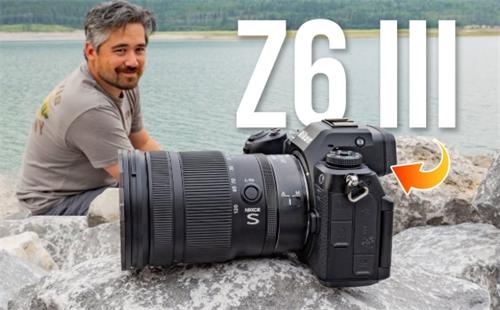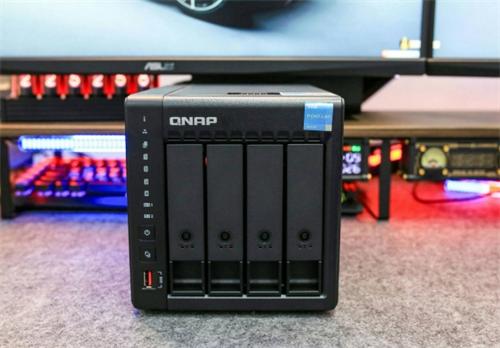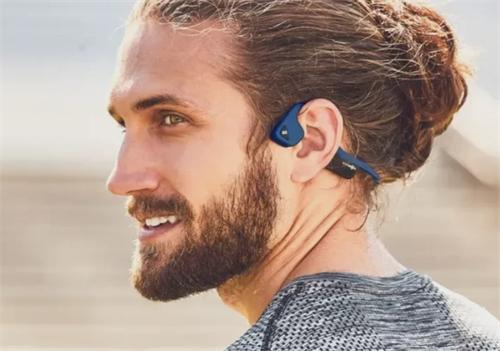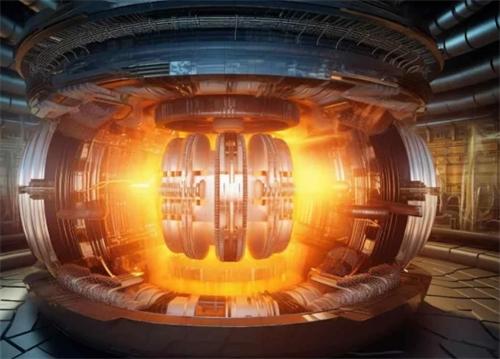Five highlights of Nikon Z6 III that deserve your attention

Amid the fiercely competitive full-frame mirrorless camera market in 2024, the Nikon Z6 III makes a bold entrance with what could be called “excess performance.” Though positioned as a mid-range model, this full-frame mirrorless camera incorporates several technologies typically reserved for flagship models, making it one of the most talked-about cameras of the moment. After two weeks of in-depth use, here’s a comprehensive look at how it truly performs.
Design: A Balance Between Professional Handling and Portability
The Z6 III follows Nikon’s classic Z-series design language, but with several refinements. Measuring 138.5×101.5×74mm and weighing around 760g with battery, it’s slightly larger and heavier than its predecessor—yet the grip feels even more comfortable. The magnesium alloy body delivers professional-grade durability, with dust- and drip-resistance that ensures reliability in harsh environments.
Perhaps the biggest change is the addition of a flip-out LCD screen. This 3.2-inch, 2.1-million-dot touchscreen offers versatile articulation, making it more convenient for high/low angle shooting and vlogging. The button layout has been revised, with the playback and burst mode buttons swapped to better suit the habits of professional users.
Core Performance: A Leap Forward with a Partially Stacked CMOS Sensor
The standout feature of the Z6 III is its new partially stacked CMOS sensor—Nikon’s first of its kind—paired with the same EXPEED 7 processor found in the flagship Z9. The result is performance that far exceeds what you’d expect from a mid-range camera. With 24.5MP of effective resolution, it strikes a solid balance between image quality and file size. The sensor’s readout speed is about 3.5 times faster than the Z6 II’s, significantly reducing rolling shutter effects.
In real-world shooting, the burst performance is especially impressive: full-resolution RAW shooting at up to 14 fps, or up to a stunning 120 fps in DX crop mode. Pre-release capture records images up to one second before the shutter is pressed, greatly increasing your chances of catching the decisive moment.
Autofocus: Near-Flagship Tracking Capabilities
With 273 AF points covering roughly 90% of the frame and enhanced AI algorithms, the Z6 III can recognize and track up to nine subject types, including human eyes, animal eyes, and aircraft. In testing, it maintained focus on fast-moving subjects with impressive accuracy, and its -10 EV low-light focusing capability made nighttime shooting far more manageable.
However, it currently lacks a dedicated bird detection mode—an unfortunate omission for bird photographers. Still, the overall AF system meets the needs of most professional use cases.
Image Quality: Excellent High ISO and Dynamic Range
Image quality is superb, thanks to the sensor in the Z6 III. Its native ISO range of 100–64,000 produces clean results up to ISO 6400, and even ISO 25,600 images remain usable. The 14-bit RAW files offer generous latitude for post-processing, with dynamic range approaching flagship levels.
A particularly noteworthy addition is pixel shift shooting. By compositing multiple RAW images, the camera can produce ultra-high-resolution 96MP shots—ideal for commercial product or architectural photography.
Video Capabilities: A Pro-Level Video Tool
The Z6 III excels in video performance, outclassing many rivals in the mid-range category.You get internal recording options that include 12-bit 6K N-RAW and ProRes RAW HQ, plus 10-bit 5.4K ProRes 422 and H.265. Full-frame 6K oversampled 4K delivers superb detail, while 4K 120p in DX mode enables dramatic slow-motion shots.
An efficient heat dissipation design allows for up to 125 minutes of continuous 4K 60p recording without overheating—far beyond most competing models.
Viewfinder and Controls: A Premium EVF Experience
With 4000 nits of brightness and 5.76 million-dot resolution, it offers a near-optical viewfinder experience. Support for the DCI-P3 color gamut ensures highly accurate color reproduction—especially valuable for professional video work.
A redesigned square top LCD screen presents information more clearly, and the dual card slots—supporting both CFexpress Type B and SD UHS-II—offer the perfect balance between speed and compatibility. The EN-EL15c battery delivers solid endurance and supports USB power delivery for added flexibility.
Conclusion
The Nikon Z6 III delivers performance that borders on flagship level. While not flawless (e.g., no bird recognition, average buffer depth), its overall capabilities far exceed what its “mid-range” label suggests. For professional photographers and videographers who don’t need ultra-high resolution, the Z6 III may currently be the most well-rounded and cost-effective option available.
Recommended for you:








